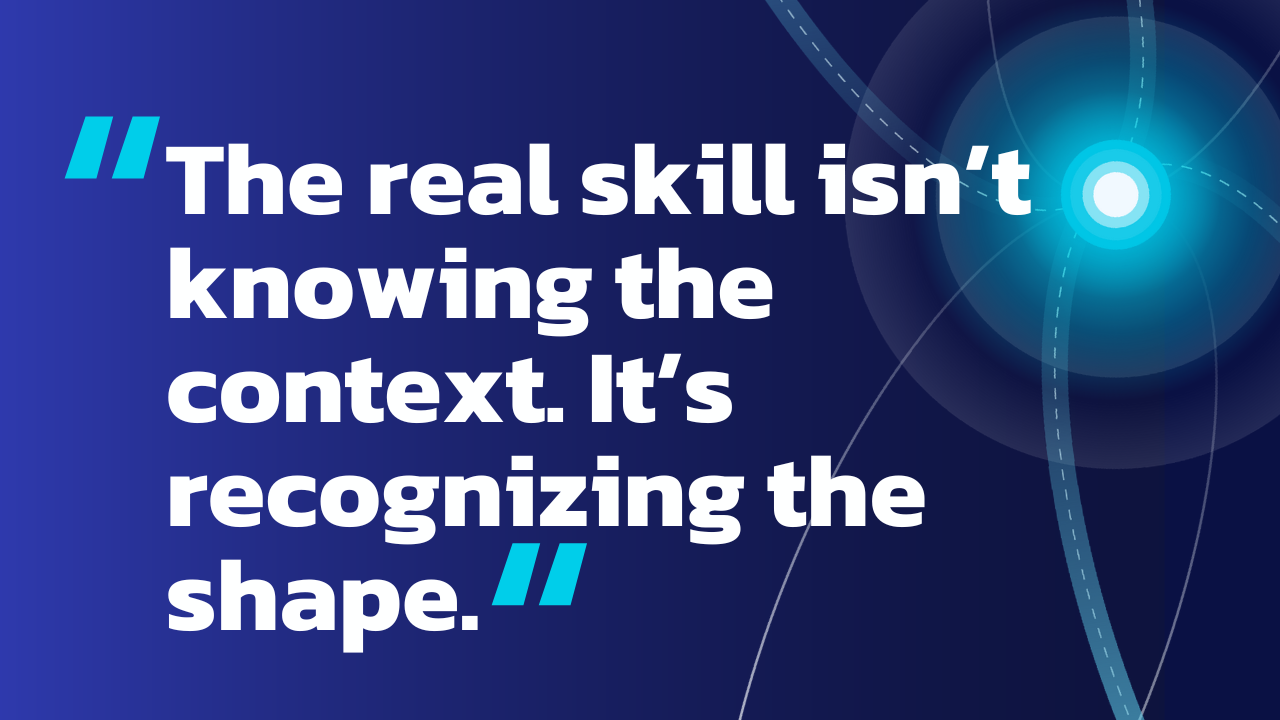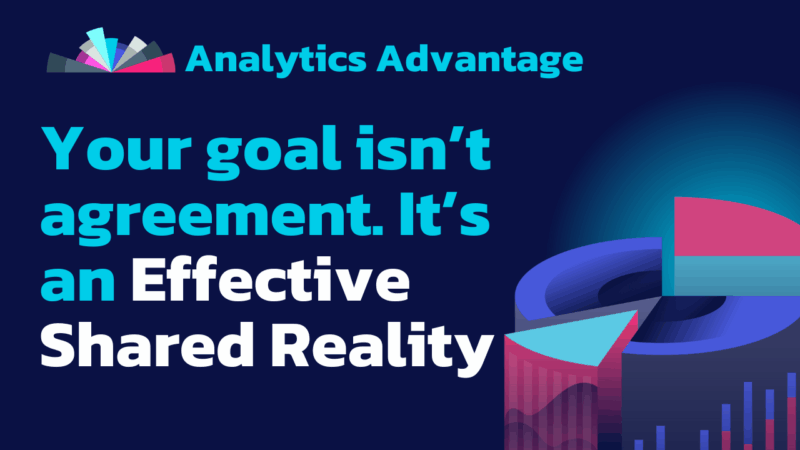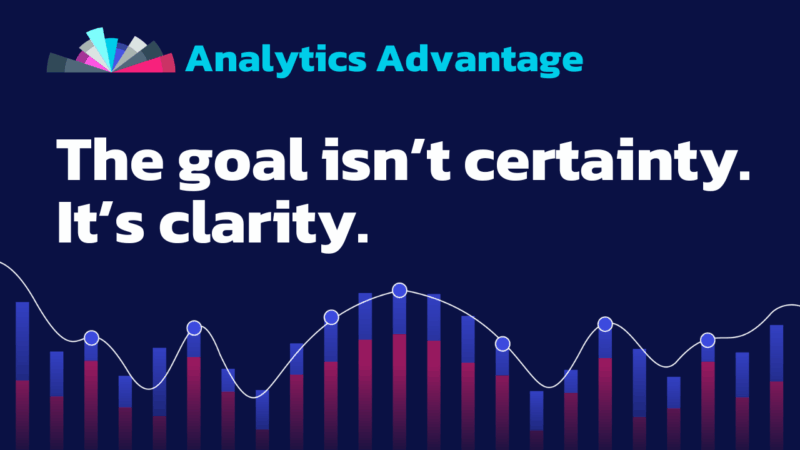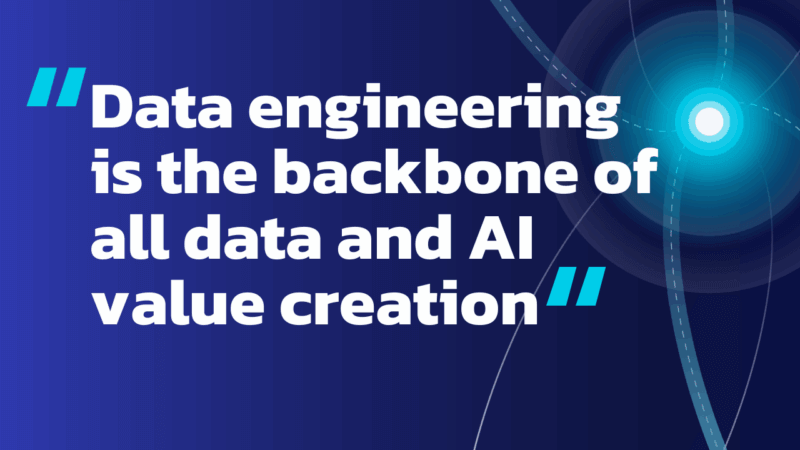
Newsletters
Patterns, Not Problems
Why industry context might be overrated—and how solving for shape gives your team the edge.
It Started with Fear
My first consulting client was a massive retailer.
I was terrified.
I’d spent my early career in nonprofits and state government. I was based in Tallahassee (not exactly the tech capital of the world). I didn’t have the pedigree of a computer science or math degree. I wasn’t an analyst at a FAANG-adjacent firm. I was just a guy with a scrappy background and the scars to prove it—earned from years of wrestling messy, inconsistent data into something usable.
So, when I walked into that client’s office, I expected to be overwhelmed. Intimidated by “the big leagues.” Convinced I didn’t belong.
But then something clicked.
The Pattern Behind the Pinstripes
There’s a line I love from Catch Me If You Can:
Frank Abagnale Sr.: You know why the Yankees always win, Frank?
Frank Abagnale, Jr.: ’Cause they have Mickey Mantle?
Frank Abagnale Sr.: No—it’s ’cause the other teams can’t stop staring at those damn pinstripes.
Flash distracts. Brand names. Fancy org charts. Corporate noise.
But underneath it all? Patterns. Repeated problems with familiar shapes.
This client had built a Franken-dashboard in Excel. It was stretched to the limit, held together with formulas and a prayer. Sound familiar?
I’d solved that exact problem the week before at my nonprofit job. Same shape, different context. No big budget. No buzzwords. Just messy, manual reporting and the painful toll it takes on a team.
“Underneath all of it? Patterns. Repeated problems with familiar shapes.”
And just like that, I wasn’t intimidated anymore.
Because I wasn’t solving a “Fortune 100 Retail Problem Worth Millions of Dollars.”
I was slaying “Cellvis,” the Excel Monster—a shape I already knew how to fight.
The Real Skill Isn’t Context—It’s Shape Recognition
You’re not always going to know the specific KPIs of a given industry. But you can recognize when a team is stuck. When they’ve outgrown their toolset. When they’re drowning in manual effort. When their insights are taking too long to surface.
If you’ve solved that shape before, you’re already ahead.
I’ve lost projects in the sales phase because I didn’t “speak the industry language.” That’s fine. I’m not industry-specific. I’m pattern-specific. I know how to move data from chaos to clarity—and that’s a skill that scales.
“The real skill isn’t knowing the context. It’s recognizing the shape.”
Teach Your Team to Spot Shapes, Not Just Problems
Problems are one-of-one. But patterns? Patterns are legion.
When your team starts saying:
- “This dashboard takes too long to maintain…”
- “We’ve hit the wall with our internal tools…”
- “We’re not sure what to trust anymore…”
—those are signals. Familiar shapes. Patterns you’ve seen before. Context may change, but the underlying form often doesn’t.
Think Picasso’s bull series: the job is to strip away the flash and corporate jargon and get down to the form. Once you do, you realize—you’ve seen this before. You know what to do.
The Win That Mattered
One of my earliest consulting wins wasn’t about a big technical achievement. It was personal.
At that first retailer, an admin assistant came up to me and said, “This dashboard will save me hours each week.” She’d been manually copying and pasting data across systems—until we built a better path.
That story—not the tech—is the crown jewel of that engagement.
Because it’s never just the dashboard. It’s the story of how it helped real people with real problems.
Patterns Are Your Edge
“Culture is what happens when you’re not in the room.”
So teach your team to strip away the noise and flash and see the pattern.
Yes, context matters. But it’s often interchangeable—and sometimes irrelevant to the real issue. What really matters is the shape of the problem and your team’s ability to turn that shape into outcomes.
That’s your edge. Train it. Trust it. Use it.
Shaun Davis, your personal data therapist, understands your unique challenges and helps you navigate through the data maze. With keen insight, he discerns the signal from the noise, tenaciously finding the right solutions to guide you through the ever-growing data landscape. Shaun has partnered for 10 years with top data teams to turn their data into profitable and efficiency hunting action. Learn more about Shaun.





